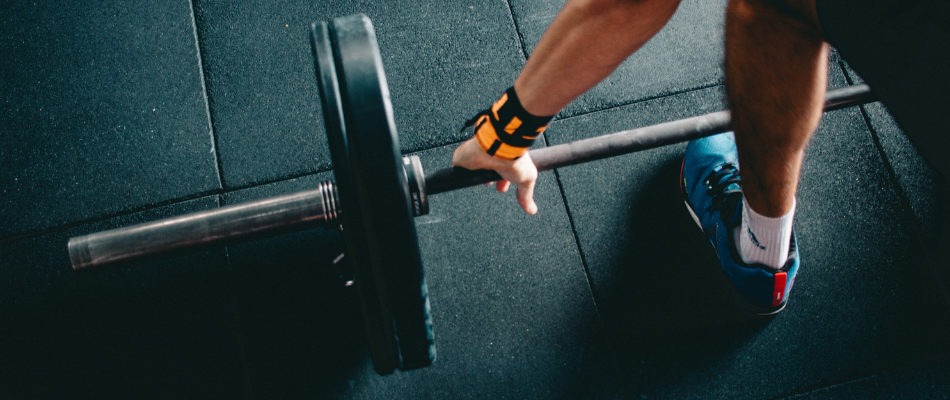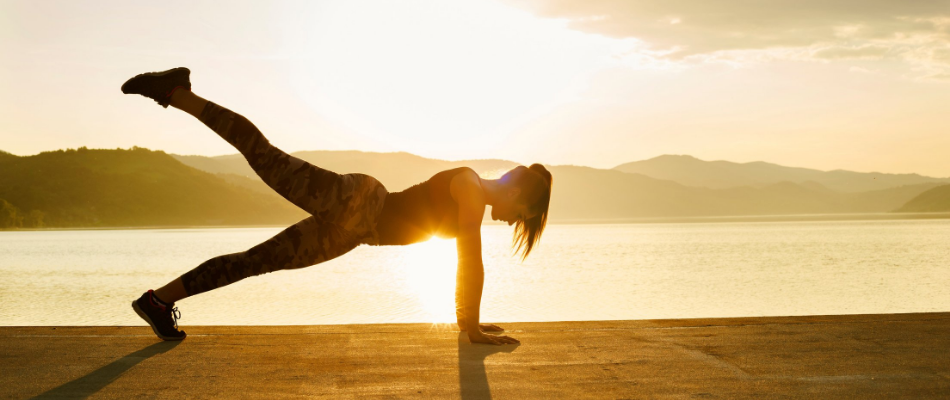The argument for exercising and staying fit throughout life has been made for centuries. The choice to stay fit has a direct link to our mental and physical wellbeing. We argued in our previous piece that exercise could reduce the risk of physical illness (such as heart disease, high blood pressure, diabetes and obesity) as well as improve mental wellbeing. Controlling or losing weight through choosing a healthy lifestyle is linked to exercise as well and we will explore this later.
This article is dedicated to the ‘what for’ argument: all the benefits of exercise listed above can be assisted with pharmaceutical drugs and technology, so why then exercise if we can just pop a pill?
To substantiate the argument and answer the ‘what for’ argument, we have to ask ourselves what happens to the body when we engage in regular exercise. Physiologically and mentally, what are we doing to ourselves when we are red-faced and sweating our way to the finish line (or the end of a session with that torturous guru urging you to hold on to that pose for 5 seconds longer)?
 Let us have a look at the effects of exercise on the body.
Let us have a look at the effects of exercise on the body.
1. Your muscles
Muscles, whether ripped or just keeping us upright, use glucose (sugar that the body has stored from food that we eat) to contract. When exercising or just moving, you place resistance on your muscles which perform work. A workout session releases excess blood to the muscles (which is why they look bigger after exercise). This brings to the muscles oxygen and nutrients to wash away toxins and lactic acid. The disruption allows for a rush of muscle fibres to the muscle cells which form new muscle protein strands — which also explains the aches and pains that you might feel after exercise. This means that after each session, your muscles are building resilience and will grow ultimately. The rate at which they grow depends on the intensity of your exercise sessions.
2. Your lungs
When you exercise you may need up to 15 times more oxygen than when you are just walking from the desk to the fridge. This is why you start to breathe faster and heavier – the muscles surrounding the lungs are moving faster. This is measured by VO2 max – the maximum rate of oxygen your body uses during exercise. Oxygen is the ingredient your body uses to generate energy (called adenosine triphosphate – or ATP). The higher your VO2 max the more oxygen your body consumes, the ‘quicker’ the muscles (and rest of the body) receives the nutrients it needs to flush toxins and build resilience.
3. Your digestive system
As we exercise, the body is pumping more blood to our muscles and less to the intestines – like the diaphragm, stomach and kidneys. Ever felt that annoying ‘stitch’ whilst exercising? The kidney releases more protein and allows for better water reabsorption. Furthermore, Cortisol (a stress hormone released by the adrenal gland) helps activate the body’s energy stores (the glucose we were talking about earlier) into fuel so that the heart beats faster to deliver the much-needed blood throughout the body.
4. Your heart
When exercising, the heart has to work harder to circulate oxygen through the body. The more it does, the more efficient it becomes at the process. This ‘delivery system’ also stimulates the growth of new blood vessels which in the long run, causes blood pressure to decrease. And this is a good thing!
5. Your brain
As blood is pumping through your body – the brain cells start functioning at a higher level which could make you more alert and awake. Continuous exercise boosts brain cell function and triggers the surge of chemical messages. This includes the release of dopamine, serotonin, glutamate and endorphins – the ‘happy’ chemicals – and this is commonly referred to by runners as the “runner’s high.” The brain’s control centre alerts the adrenal glands to increase the hormones essential for movement which is where the brain tells the body to use glycogen stores (fat) as fuel. Thus, when we exercise we release any additional energy we consumed — or stored — during the day. This is why an exercise plan and a healthy meal plan goes hand in hand (but more about nutrition in our next article).
6. Your skin
As we heat up, our bodies need to cool off. To activate the cooling system of the body, the blood vessels in the skin widen to allow for increased blood flow. We release heat through our sweat glands to allow the body to cool down. Sweating helps the skin filter toxins out of the body which boosts your immune system. It is crucial however to keep hydrated as sweat mainly contains water. So keep drinking water when you can.
7. Your joints
Your joints are surrounded by cartilage, ligaments and tendons. Ligaments and tendons surrounding the joints act as a brace, protecting the cartilage and soft tissue which produces a fluid that allows the bones to move against one another more smoothly (like oil in an engine). As we age, cartilage (and the soft tissue and lubricating fluid) begins to wear away and the dependence on strong ligaments, tendons and muscles become more important. Exercise strengthens the ligaments and tendons (and muscles, of course) around the joint.
From top to toe, exercise becomes the choice of champions and the ultimate form of self-care. Exercise affects every part of your body, and it is never too late to start. Choosing to be strong by doing the right thing to keep the body and mind healthy becomes easy. And as for the ‘what for’ question? It is completely redundant. Get out there and get moving.
Read also:






